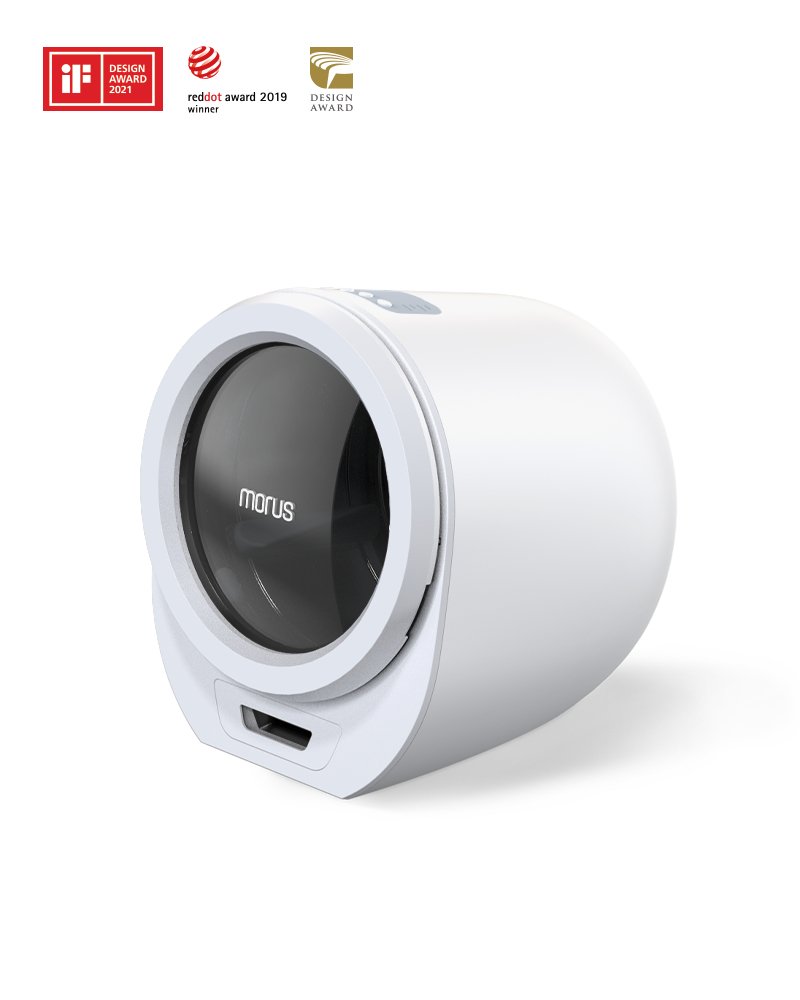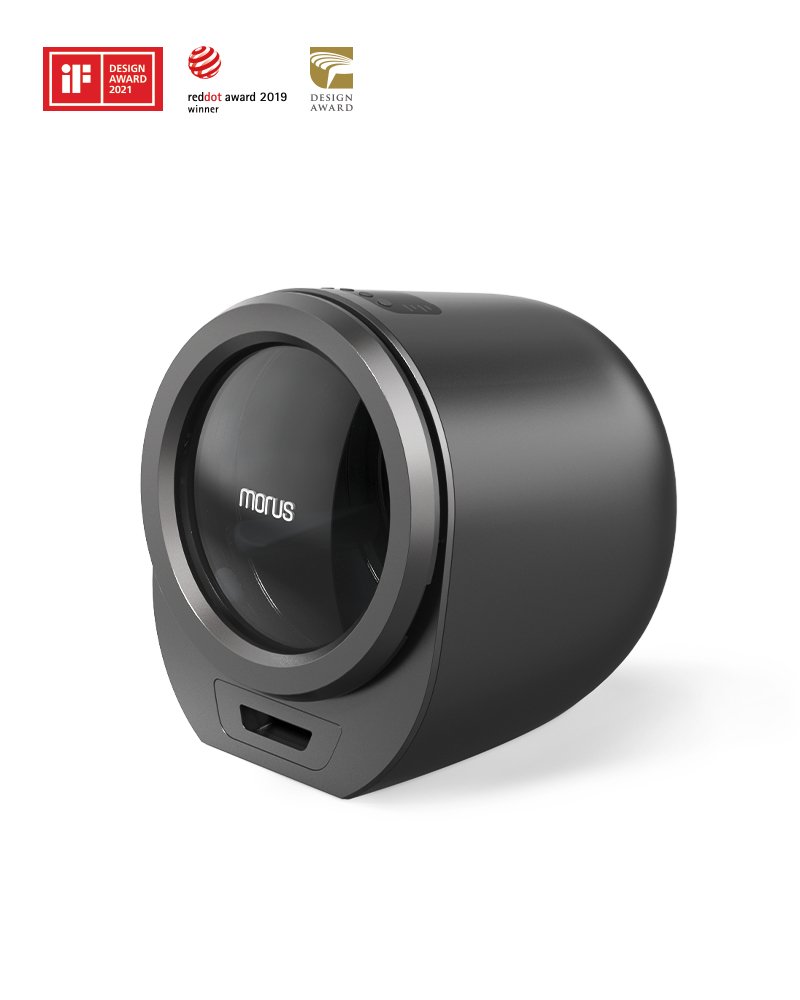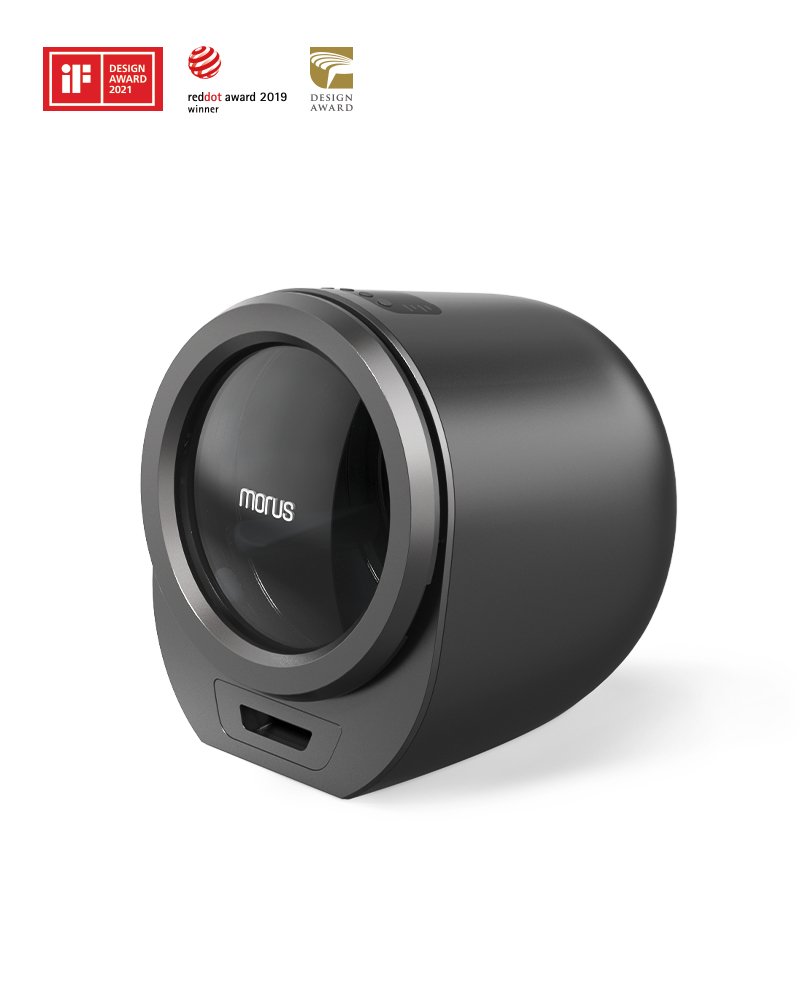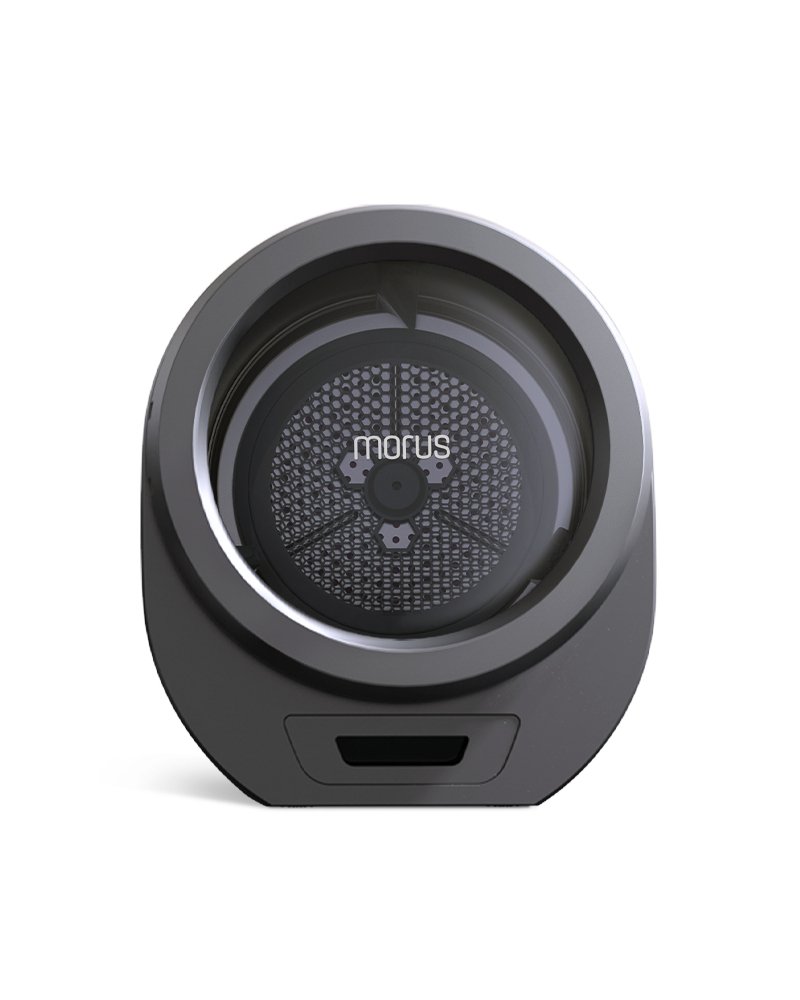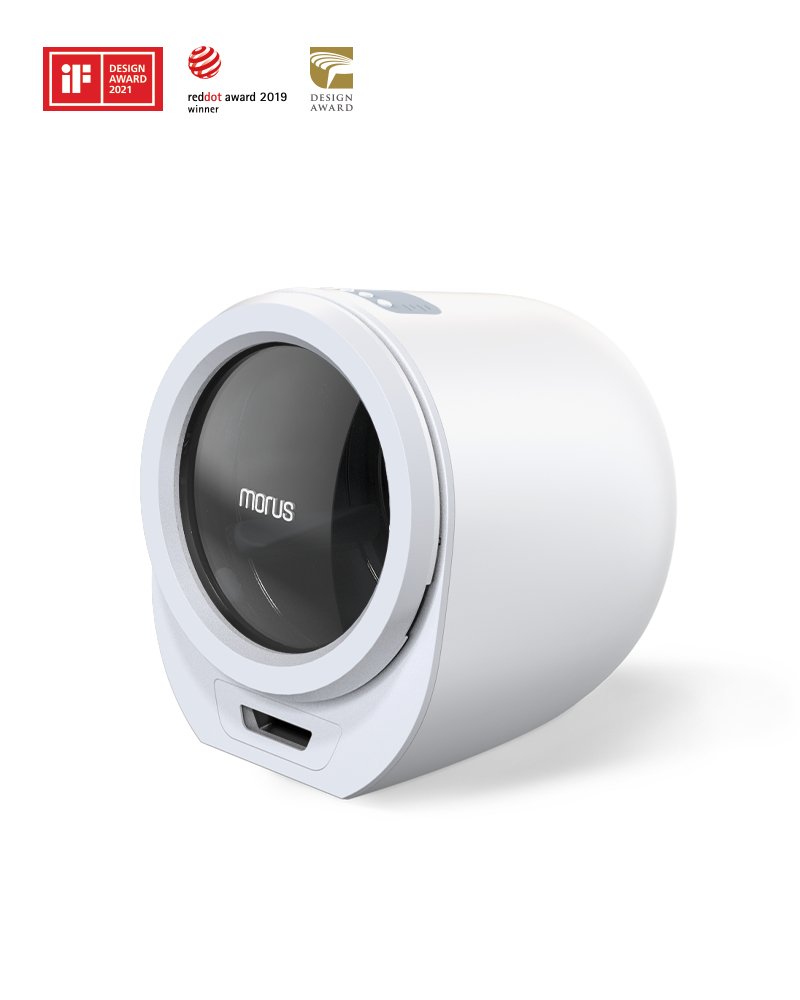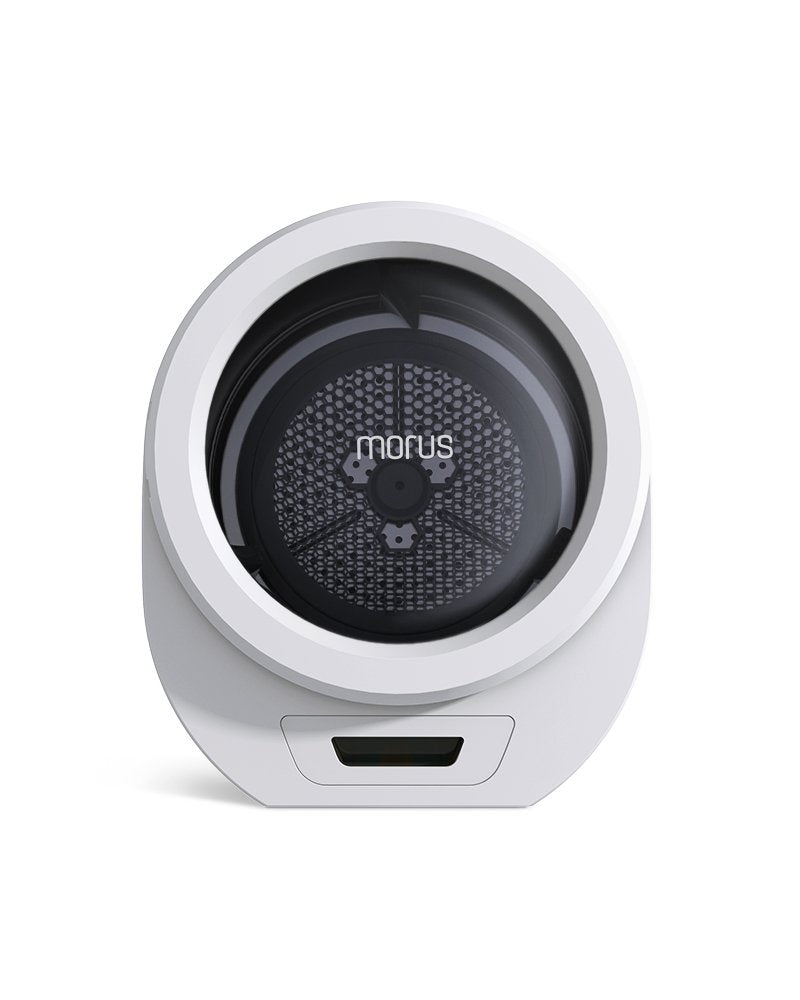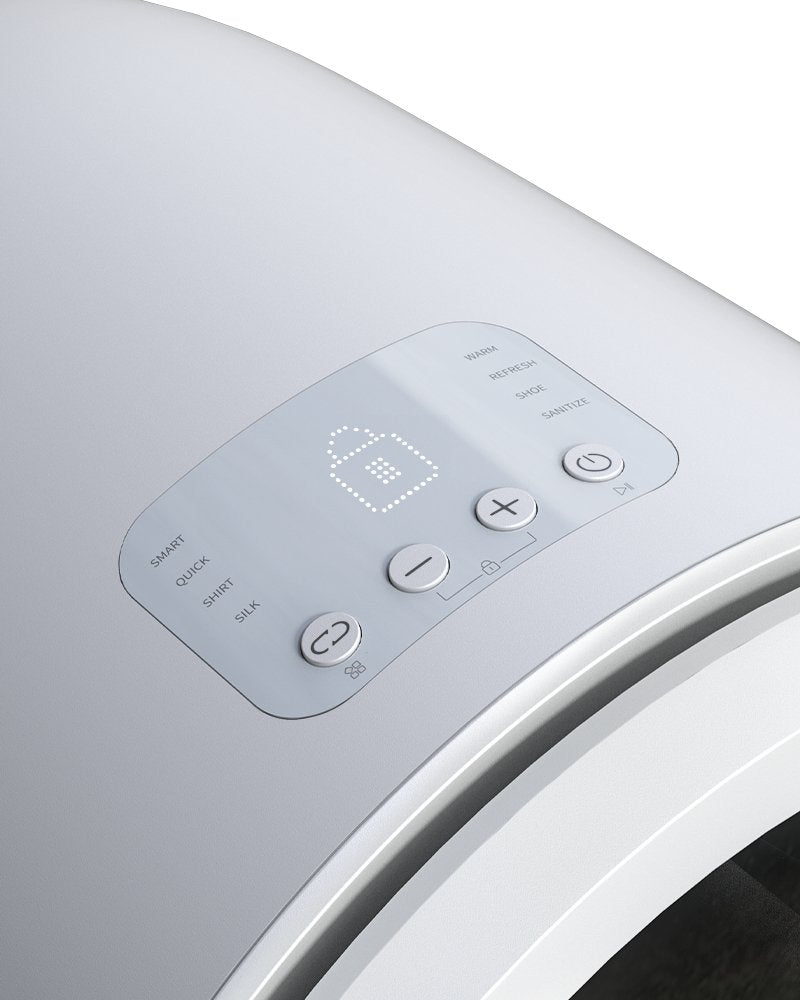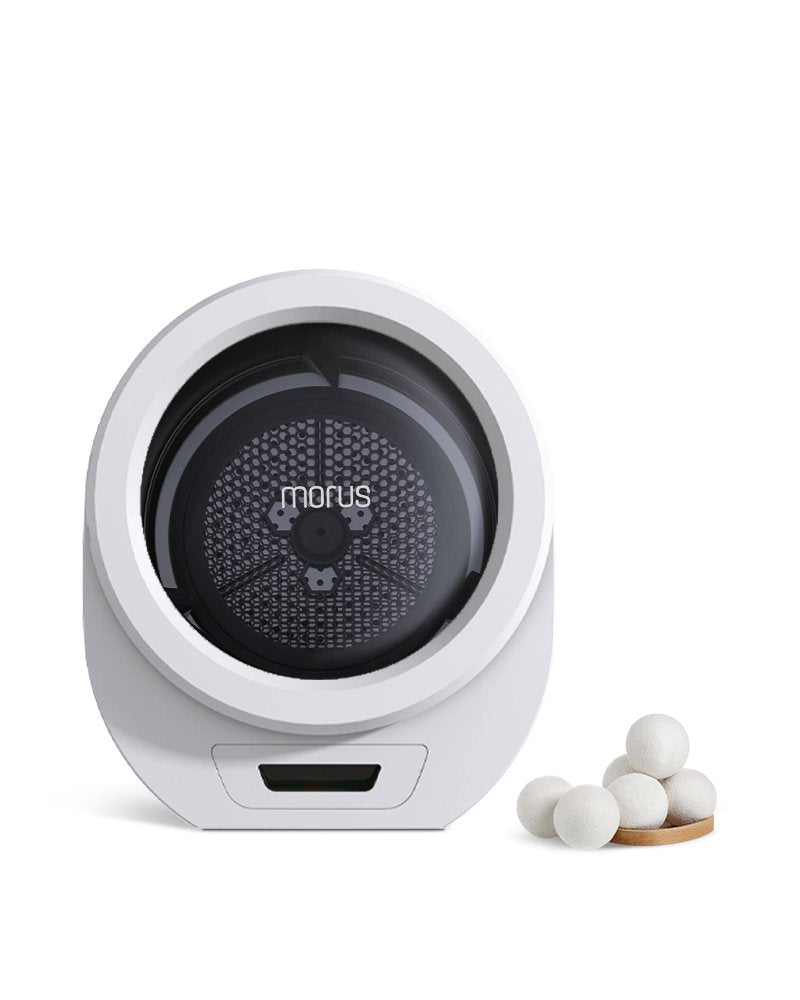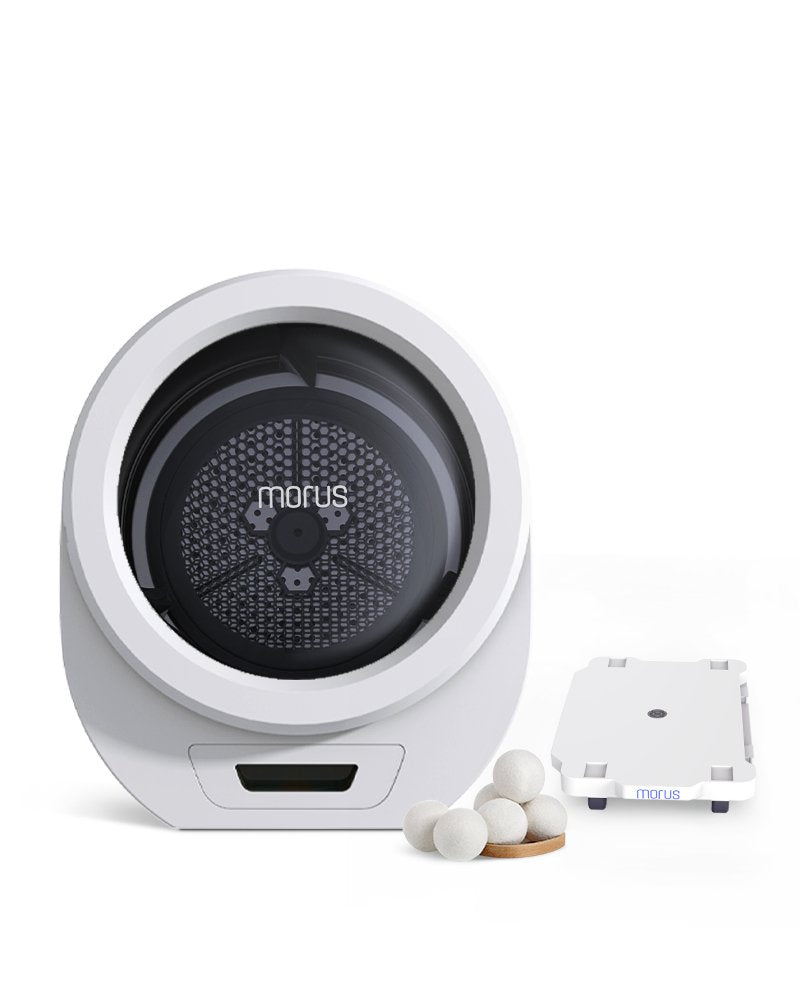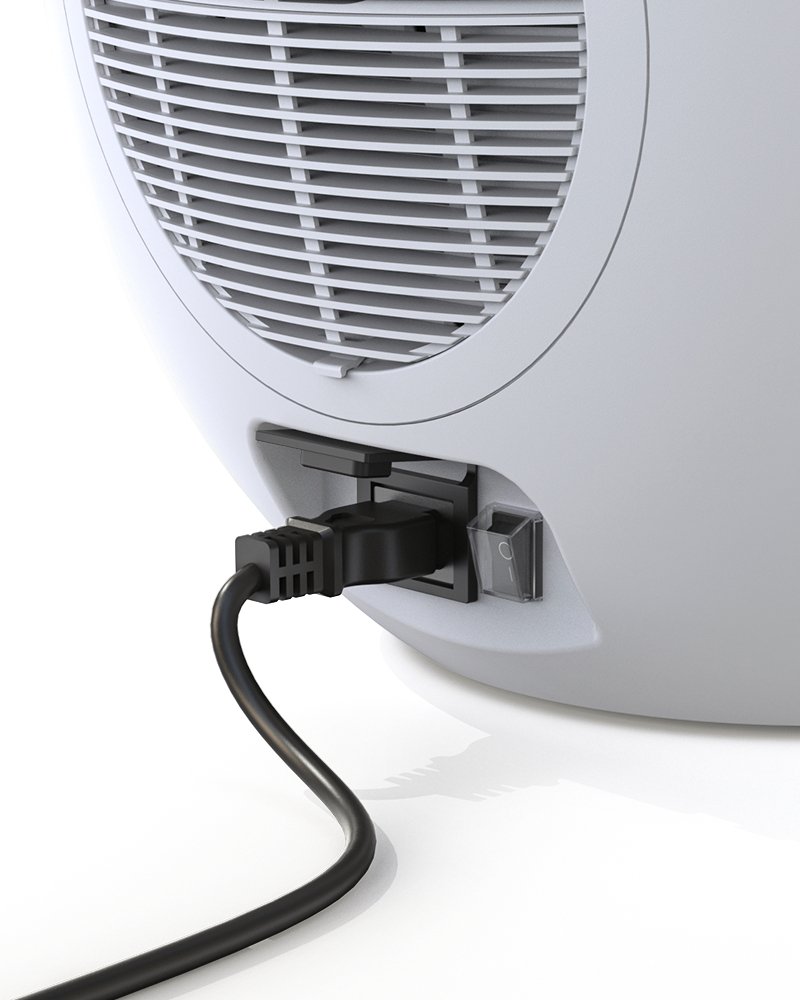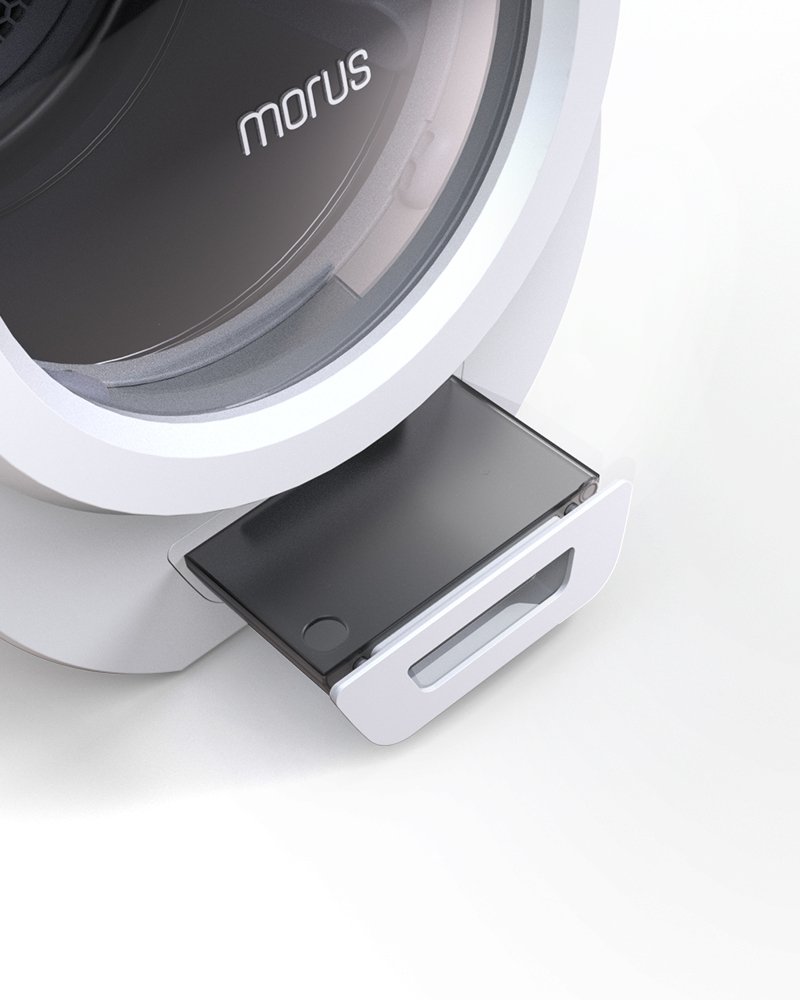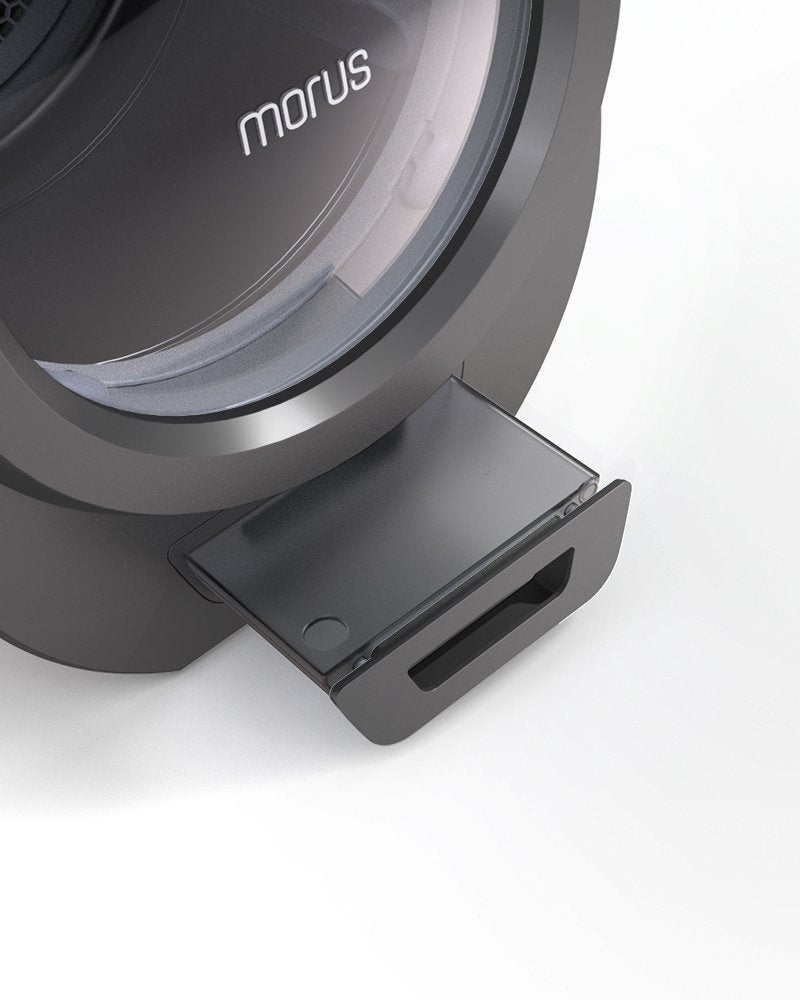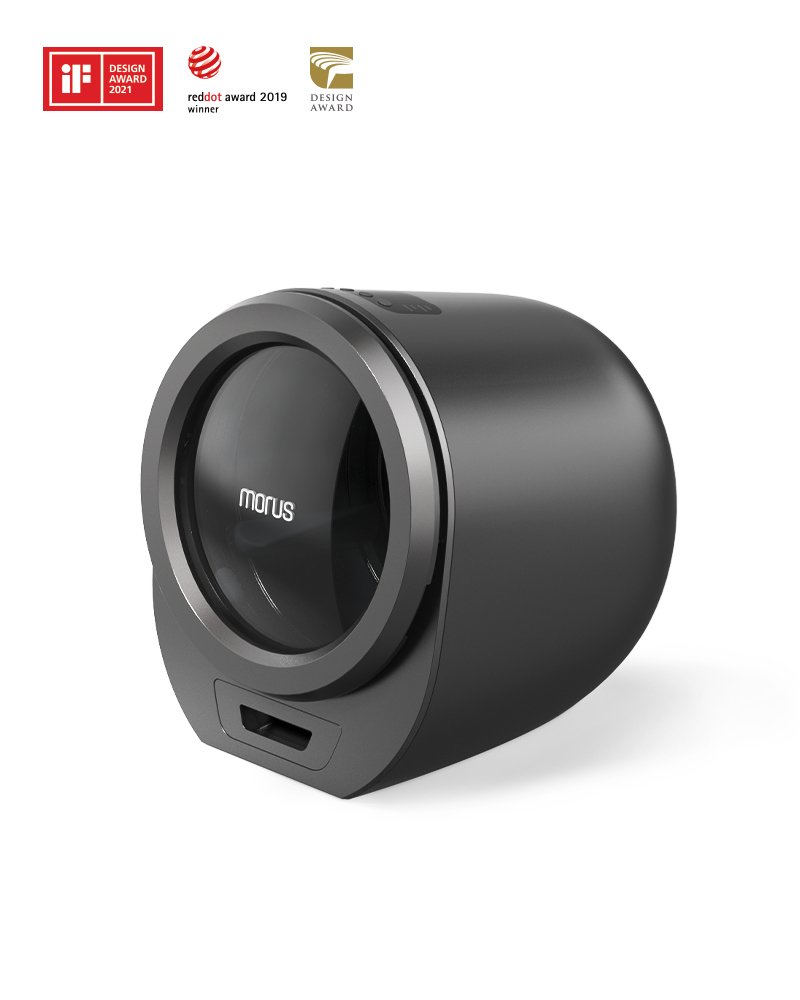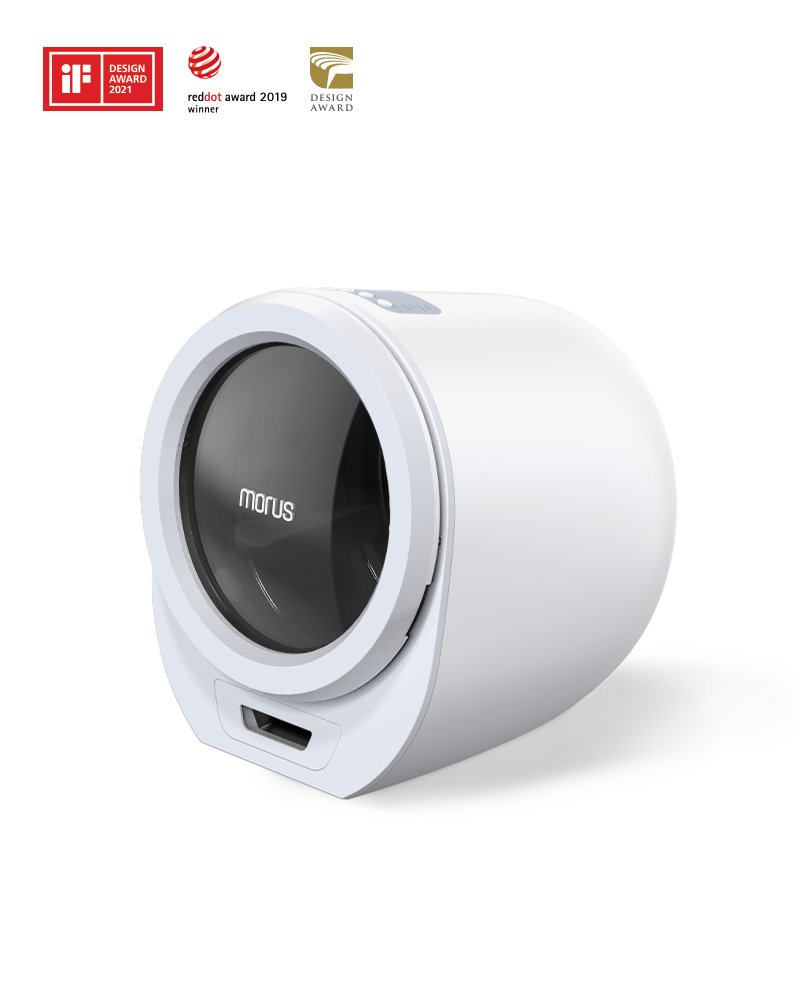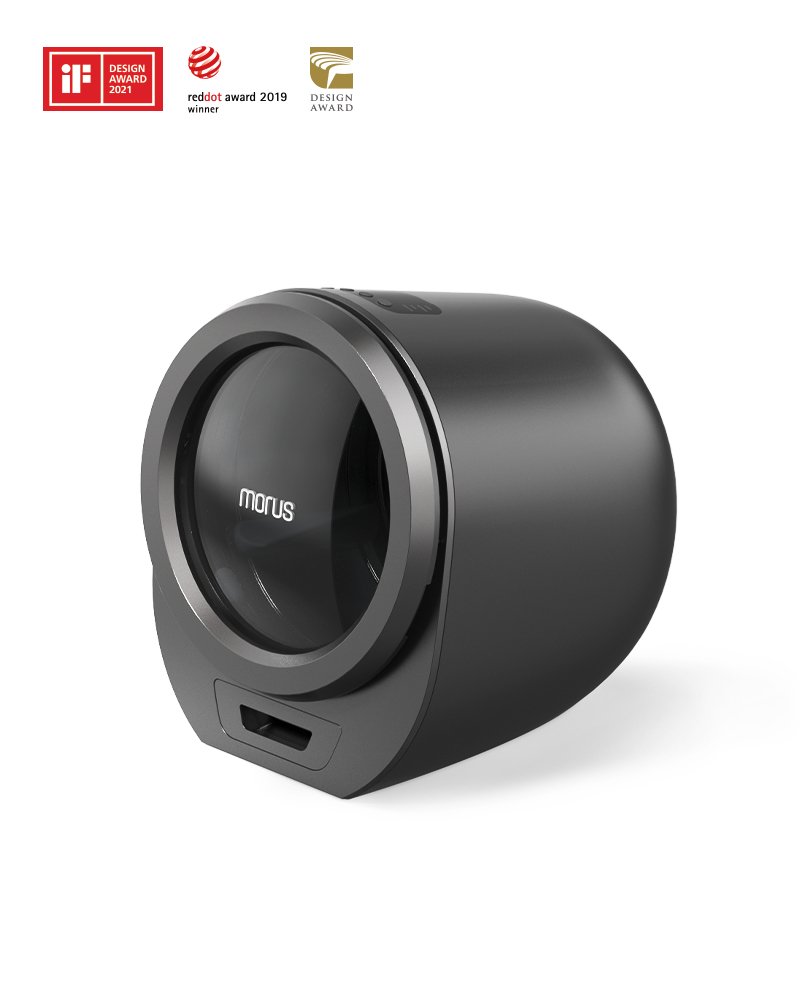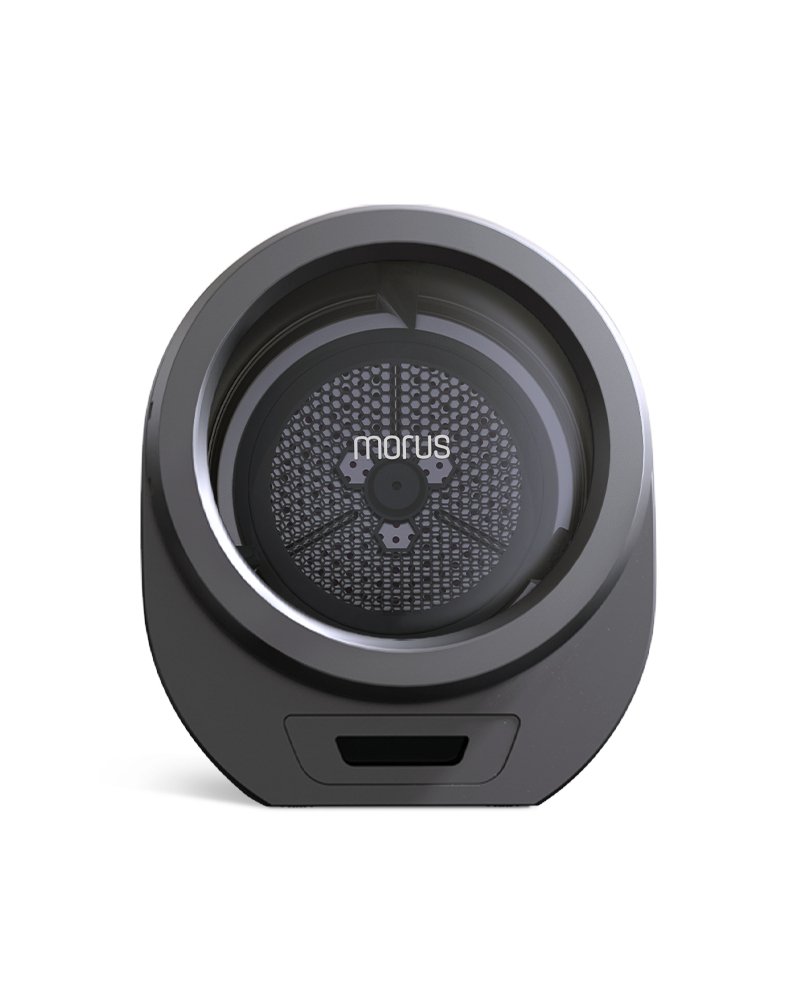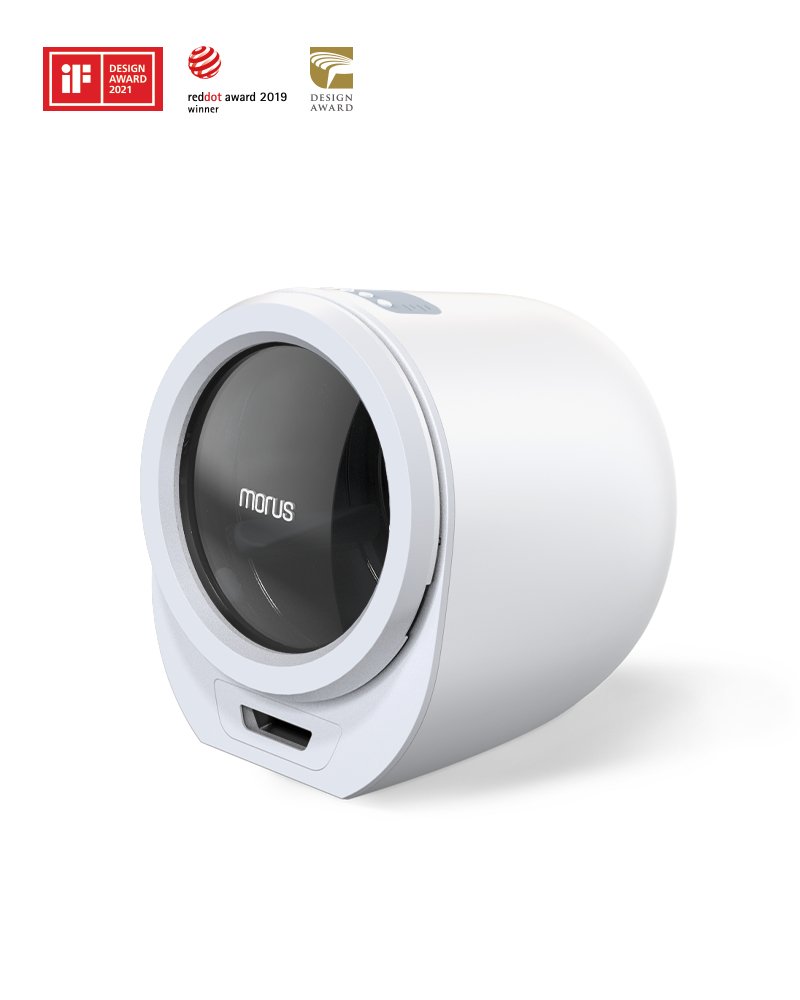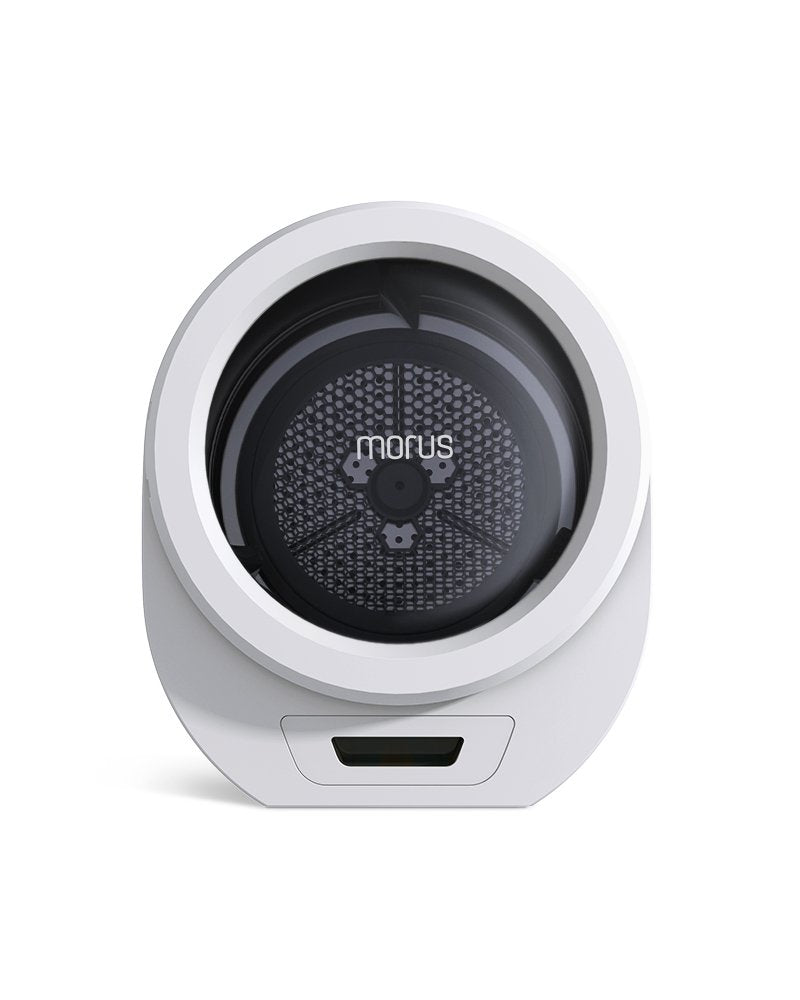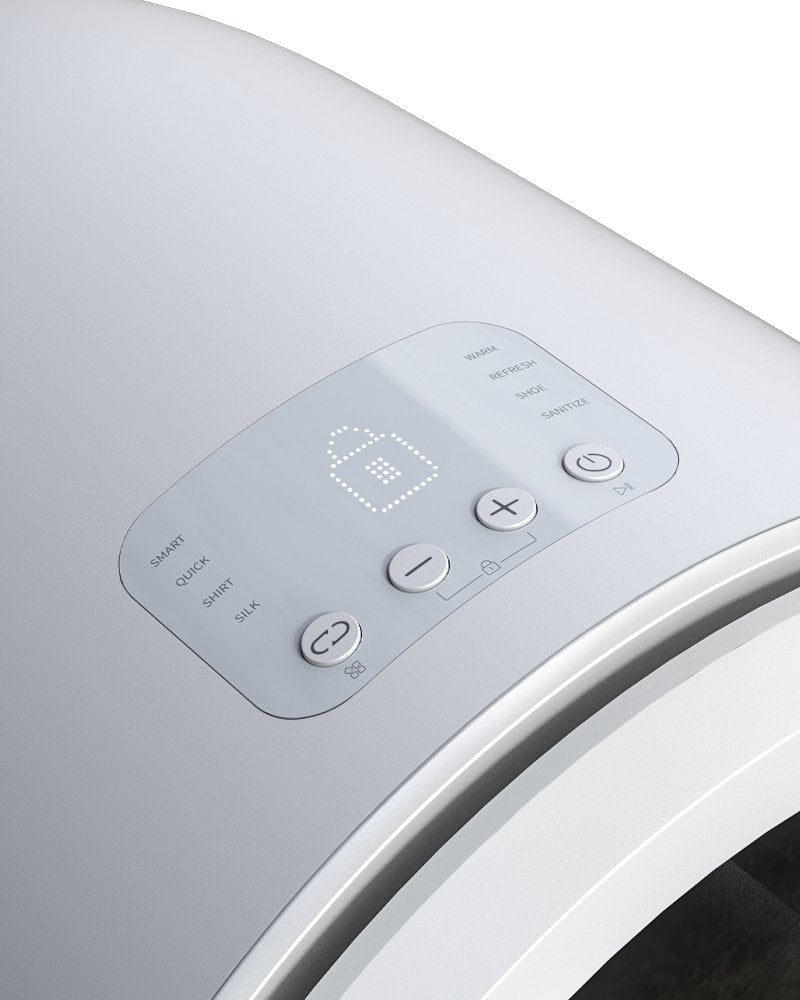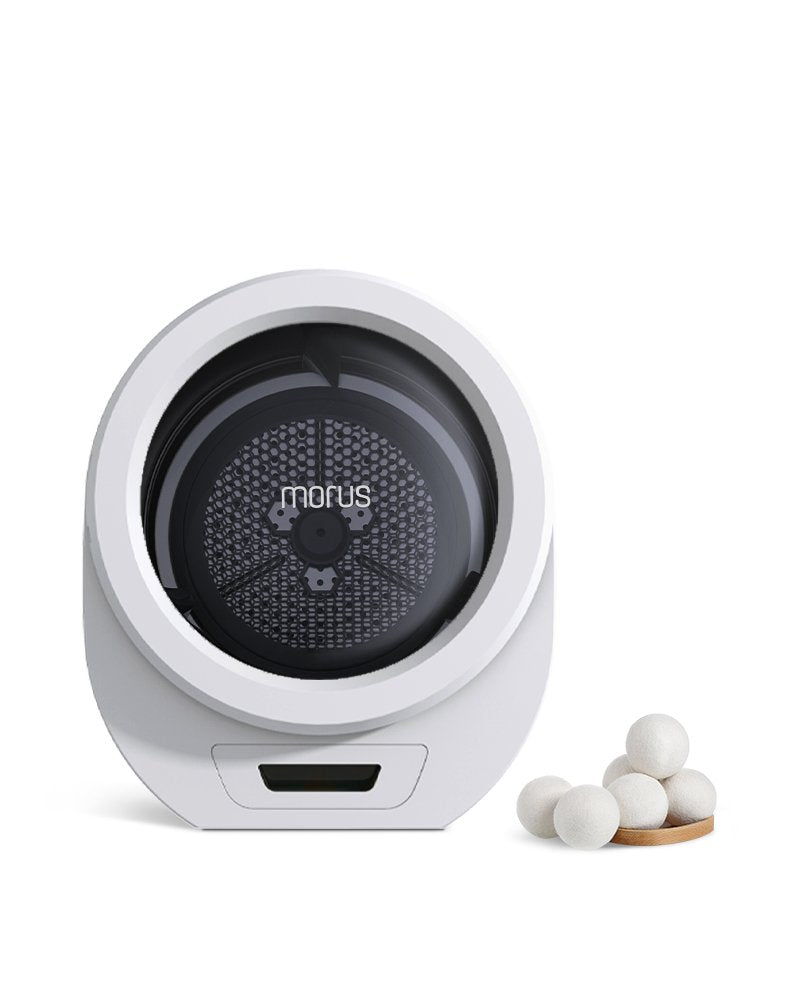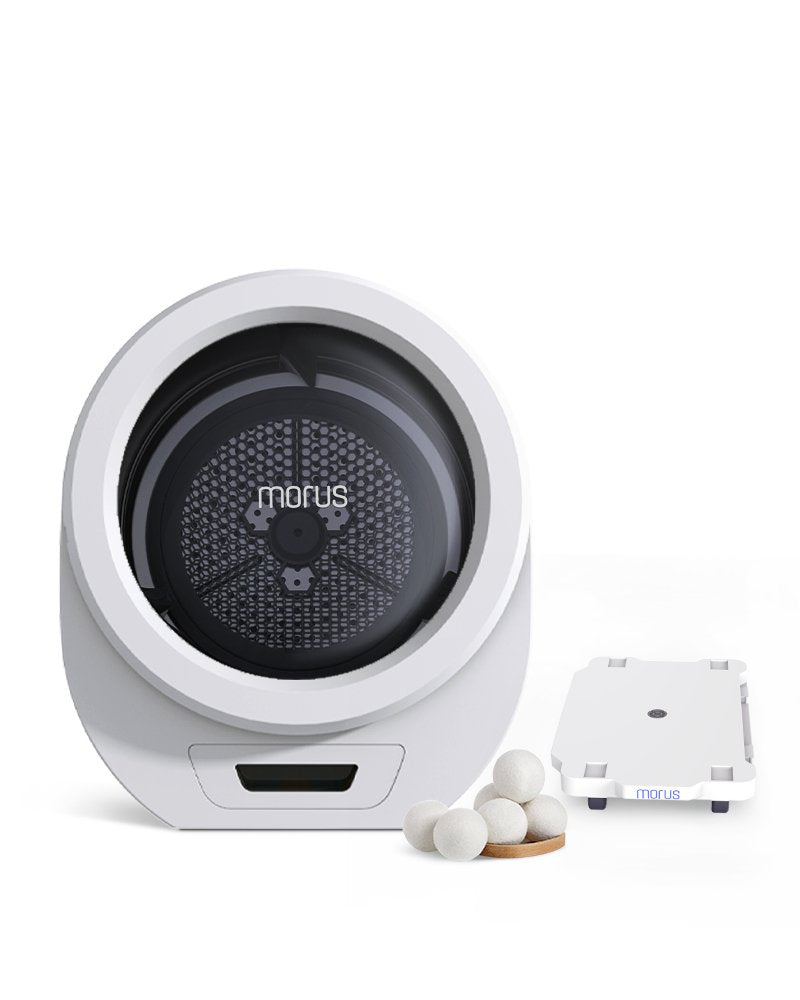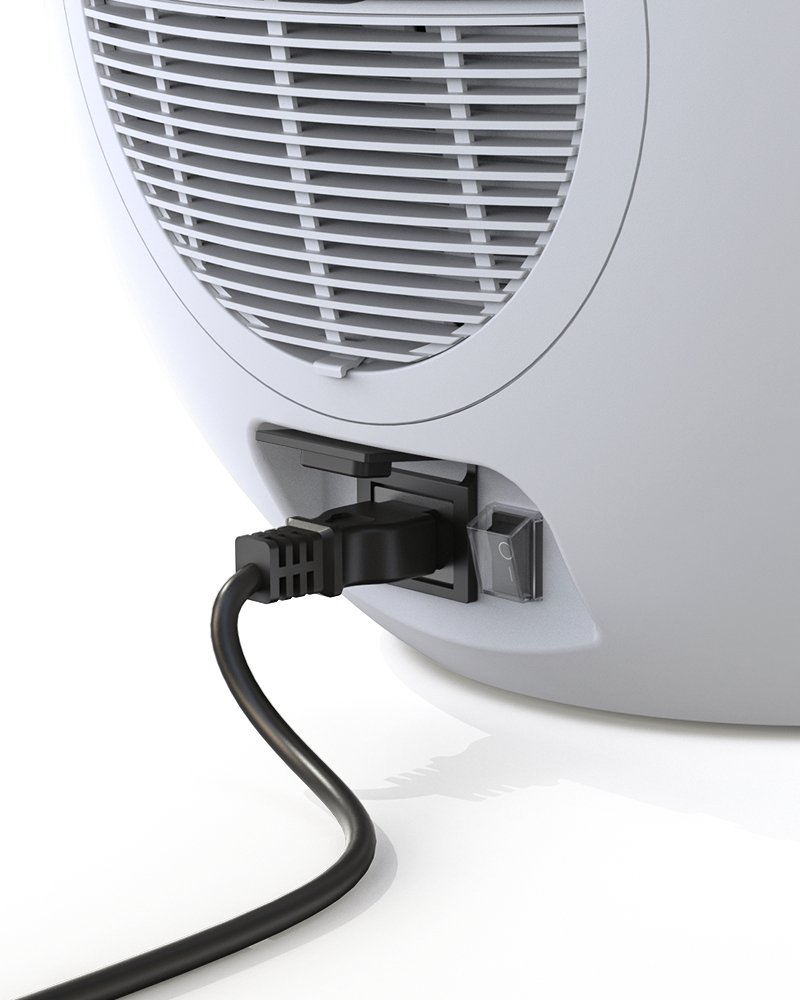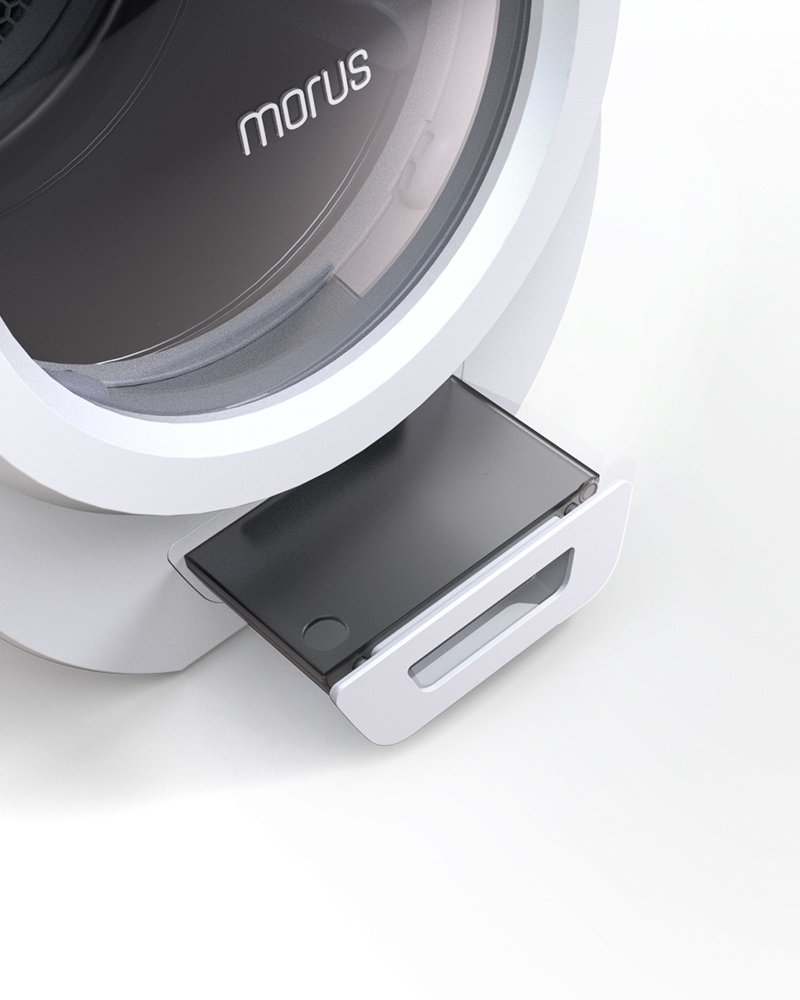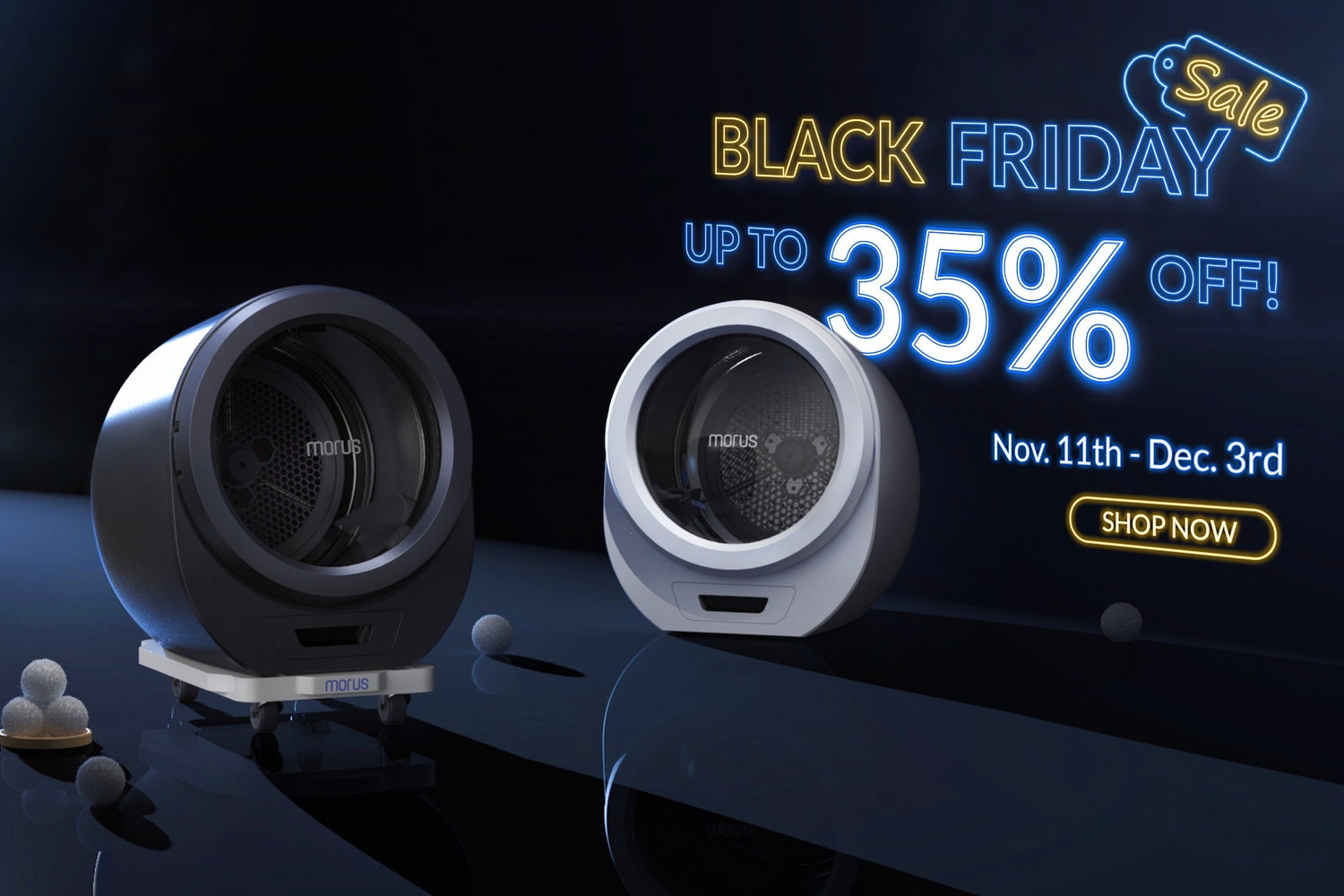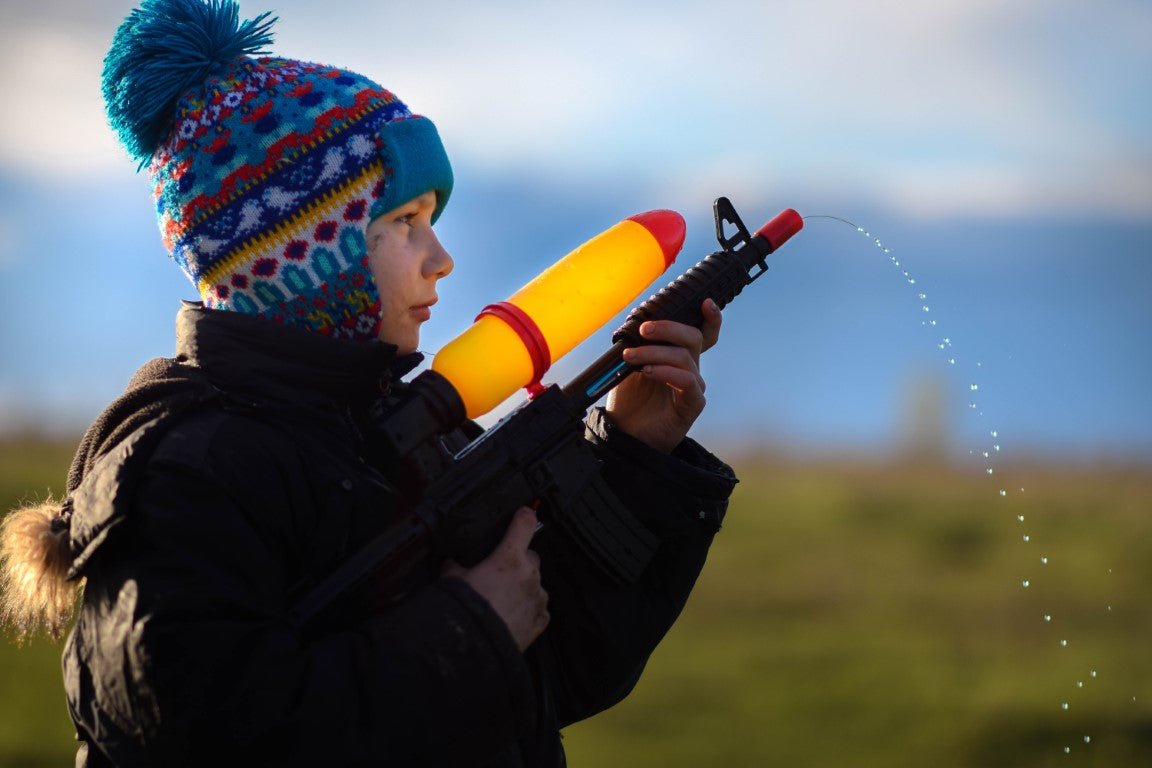
Quick and Easy: How to Dry Children's Toys with a Portable Clothes Dryer?
Morus InnovationNavigation
Introduction
Drying children's toys after they get wet is an important part of properly caring for and maintaining them. Not drying toys thoroughly can lead to mold growth, unpleasant odors and deterioration of materials over time. Using a portable clothes dryer is a convenient, simple and effective method for drying kids' toys without causing damage.
Keeping children's toys clean and dry helps ensure they remain safe and fun to play with for as long as possible. When toys get wet-from playtime accidents, washing, or exposure to moisture-drying them properly is essential.
A portable clothes dryer provides an ideal solution for drying children's toys without risk of damage! It allows temperature control to gently dry even delicate or plastic toys. The consistent heated air circulation also speeds up the drying process while thoroughly removing moisture.

Preparation
Before placing children's toys in a portable clothes dryer to dry them, there are a few important preparation steps to take:
- Check the toy's label for washing instructions. Most toys will have a label indicating if they are machine washable and dryer safe. Some delicate or electronic toys should be air-dried only. Check labels to ensure the toy can be dried in a portable dryer.
- Remove any batteries or electronic components. For toys with batteries or electronics, these parts should be removed first to avoid damage from the heat and movement in the dryer. Store batteries and small parts in a safe place until the toy is completely dry.
- Wipe down the toy with a towel or cloth to remove excess water. Thoroughly wiping toys before placing them in the dryer helps remove trapped water that could otherwise take longer to dry and potentially cause damage. Wet toys should be as water-free as possible when going into the portable dryer.
Proper preparation of children's toys before drying them will help ensure a safe and effective process. Checking labels, removing electronics and wiping toys are some simple steps parents can take to get the best results and avoid any damage to their kids' playthings.

Drying Process
Once the toys have been properly prepared, it's time to place them in the portable clothes dryer and start the drying cycle. The exact process will depend slightly on the type and features of your specific dryer, but there are some general guidelines:
- Choose the appropriate setting on the portable clothes dryer. For delicate toys, use the lowest heat or "air fluff" setting with no heat. For harder plastic toys, a low or medium heat setting is usually safe. Avoid high heat settings which could damage or warp the toy.
- Place the toys in the dryer, making sure they are evenly spaced. This allows the air to circulate freely and the toys to dry more quickly and thoroughly. Separate or take apart any pieces that can be detached.
- Run the dryer for the recommended amount of time, checking on the toys periodically. Typically 10-15 minutes is enough to dry most children's toys. Check them midway through to ensure they are drying properly and redistribute as needed.
- Remove the toys from the dryer once they are dry. Check for any damp spots that may require additional drying time. Let the toys cool completely before children handle or play with them again.
The drying process is straightforward but monitoring the drying cycle and checking the toys in between is important to avoid over-drying or damage from prolonged heat exposure.

Tips and Tricks
For best results drying children's toys in a portable clothes dryer, here are some helpful tips:
- Use a mesh laundry bag to keep small toys together. Place multiple small toys, especially those with detachable parts, inside a mesh laundry bag before putting the bag in the dryer. This keeps all the pieces contained for easy drying and quick retrieval once dry.
- Place larger toys on a low heat setting to avoid melting or damage. Larger plastic toys like ride-on vehicles, activity gyms and playhouses dry best on a low heat setting. Medium to high heat could cause warping, melting or breakage of certain toy parts.
- Add a couple of clean, dry towels to the dryer to speed up the drying process. The towels will help absorb excess moisture from the toys as the dryer runs. This can cut the overall drying time in half for small loads.
Following these simple tips can help you get the best results when drying children's toys in a portable clothes dryer. Using mesh laundry bags, choosing the proper heat settings and adding towels are some easy tweaks that make a big difference in ensuring the toys dry thoroughly and safely. More tips from here: 7 Game-Changing Tips for Using a Portable Clothes Dryer.

Conclusion
Using a portable clothes dryer is an effective and straightforward way to dry children's toys after they get wet. With some basic preparation and monitoring during the drying cycle, this method can thoroughly remove moisture without causing damage. Properly dried toys are safer, smell better and will last longer through kids' rough-and-tumble play.
Though it may seem like a simple chore, taking the time to properly dry children's toys after they get wet can help extend the lifespan of their favorite playthings. A portable clothes dryer makes the process easy and allows drying toys near where children play for added convenience. Give it a try for your little one's next wet toy mishap - you'll be ensuring their favorite plush animals, building blocks and action figures are around for hours of imaginative fun to come!
Read More
- How A Portable Clothes Dryer in RV Fueled My Wanderlust Dreams?
- Portable Clothes Dryer Hacks: How to Dry Your Shoes in a Pinch!
- Quick and Easy: How to Dry Children's Toys with a Portable Clothes Dry
- Portable Clothes Dryer Mistakes: 5 Laundry Lapses to Avoid!
- Benefits of a Portable Clothes Dryer: Why You Need One Now!

